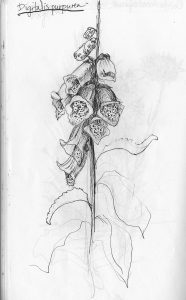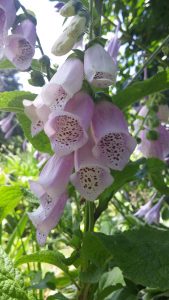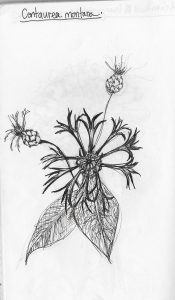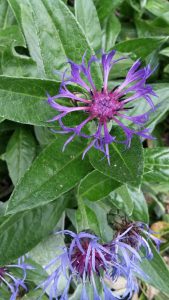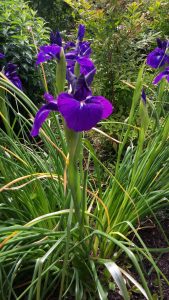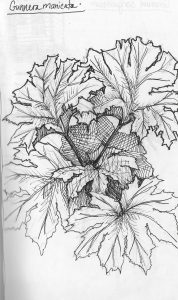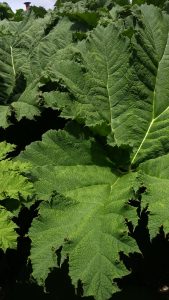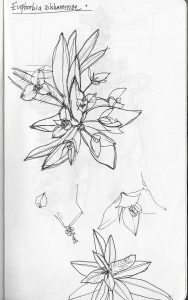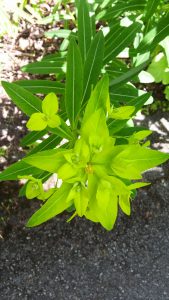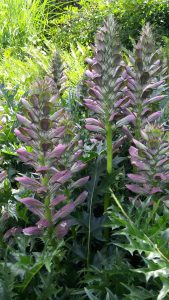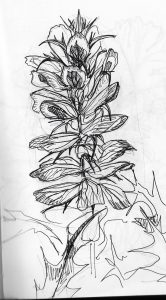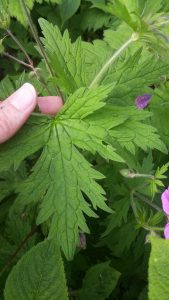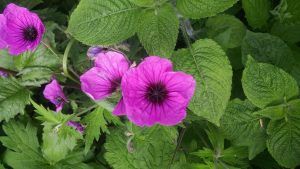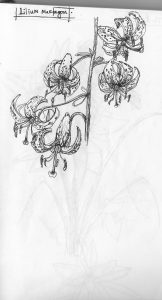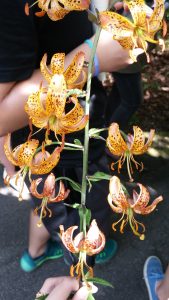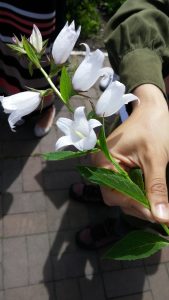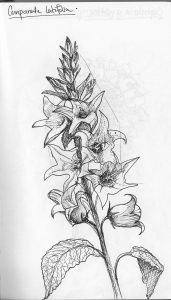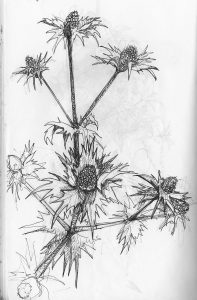

Common name: Mrs. Willmott’s ghost
Family name: Apiaceae
Description: rosette of heart shaped basal leaves and spiny stem leaves, with cone shaped inflorescence surrounded by silvery-green, spiny bracts.
Flower: cone shaped umbels of tiny flowers centred among spiny, silver-grey bracts. Flowers can be white or sapphire blue; pollinated by wasps.
Foliage: basal rosette is heart shaped; stem leaves are silvery-green and spiny.
Growing conditions: dry, well-drained soil that is not overly fertile, full sun.
Height and spread: 1.0 by 0.5m
Limitations: not shade tolerant and doesn’t like a lot of moisture.
Landscape uses: Allium sphaerocephalon and Eryngium giganteum look good together as the dark magenta of the Allium looks great agains the silvery green bracts of the Eryngium, and the flower heads mirror each other’s form. Also looks good combined with more frothy looking flowers such as Goniolimon tataricum, or baby’s breath, or punctuating soft grasses; possibly with echinacea purpurea as the cones will visually call to one another. The silver green foliage of E. giganteum would contrast nicely with the silver and blue of Perovskia atriplicifolia.
